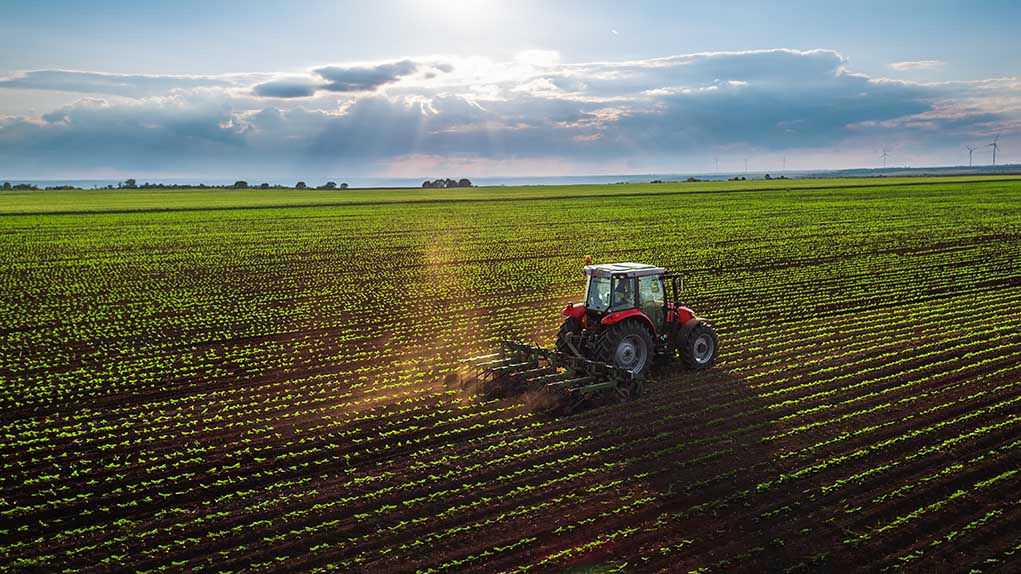
Between 1948 and 2017, American farm output nearly tripled while using less land and fewer workers than ever before, transforming the United States into the world’s undisputed agricultural superpower through a revolution that began in the ashes of World War II.
Story Overview
- U.S. agricultural output tripled from 1948 to 2017 through unprecedented technological and chemical innovations
- World War II surplus technology and the Marshall Plan created the perfect storm for agricultural transformation
- Chemical herbicides like 2,4-D launched the “Ag Chemistry” era, replacing human labor with scientific solutions
- America’s agricultural boom enabled global food leadership while fundamentally reshaping rural communities
When War Tools Became Farm Tools
The transformation began in 1945 when military manufacturing capacity pivoted from producing weapons to agricultural equipment. Surplus wartime research in chemistry yielded breakthrough herbicides like 2,4-D, launching what historians call the “Ag Chemistry” era. This wasn’t gradual change—it was agricultural shock therapy that would redefine how America fed itself and the world.
The timing proved perfect. Labor shortages from returning soldiers seeking urban opportunities forced farmers to embrace mechanization at unprecedented speeds. What took decades to develop suddenly became essential overnight, creating a technological adoption curve steeper than any previous agricultural revolution.
The Marshall Plan’s Unintended Agricultural Revolution
While most Americans remember the Marshall Plan for rebuilding Europe, its impact on domestic agriculture proved equally transformative. The late 1940s initiative created massive demand for U.S. agricultural exports, incentivizing farmers to maximize production using every available innovation. European reconstruction became America’s agricultural launching pad to global dominance.
This export boom coincided with domestic prosperity that drove millions from farms to cities. Fewer hands meant more machines, more chemicals, and more science. The convergence of international demand and domestic labor shifts created an agricultural perfect storm that established patterns lasting seven decades.
The Science Behind the Boom
The numbers tell an extraordinary story. From 1948 to 2017, U.S. farm output increased nearly threefold, while land usage remained relatively stable and labor inputs declined significantly. This productivity explosion resulted from what USDA economists call “biological, chemical, mechanical, and organizational innovations” working in unprecedented harmony.
Chemical fertilizers and pesticides replaced human muscle and animal power. Hybrid seeds developed through intensive research programs delivered yields previous generations considered impossible. Government-funded extension services rapidly disseminated new techniques, creating a feedback loop between research institutions, agribusiness corporations, and farmers that accelerated innovation beyond historical precedent.
The Hidden Costs of Agricultural Success
This productivity miracle came with profound social consequences. Rural populations declined dramatically as mechanization eliminated traditional farming jobs. Small family farms consolidated into larger operations capable of financing expensive new technologies. Entire communities disappeared as agriculture required fewer people to produce more food than ever imagined possible.
Environmental concerns emerged as chemical-intensive farming practices raised questions about long-term sustainability. Yet the immediate results seemed to justify the methods—America became the world’s food security guarantor, capable of feeding domestic populations while maintaining massive export capacity that provided global influence and economic leverage.
Sources:
Timeline of Ag Equipment Firsts – Farm Equipment
Prosperity and Challenges – Growing a Nation
Scientific Agriculture: The 20th Century – Britannica
Agricultural Productivity Growth in the United States: 1948-2017 – USDA











